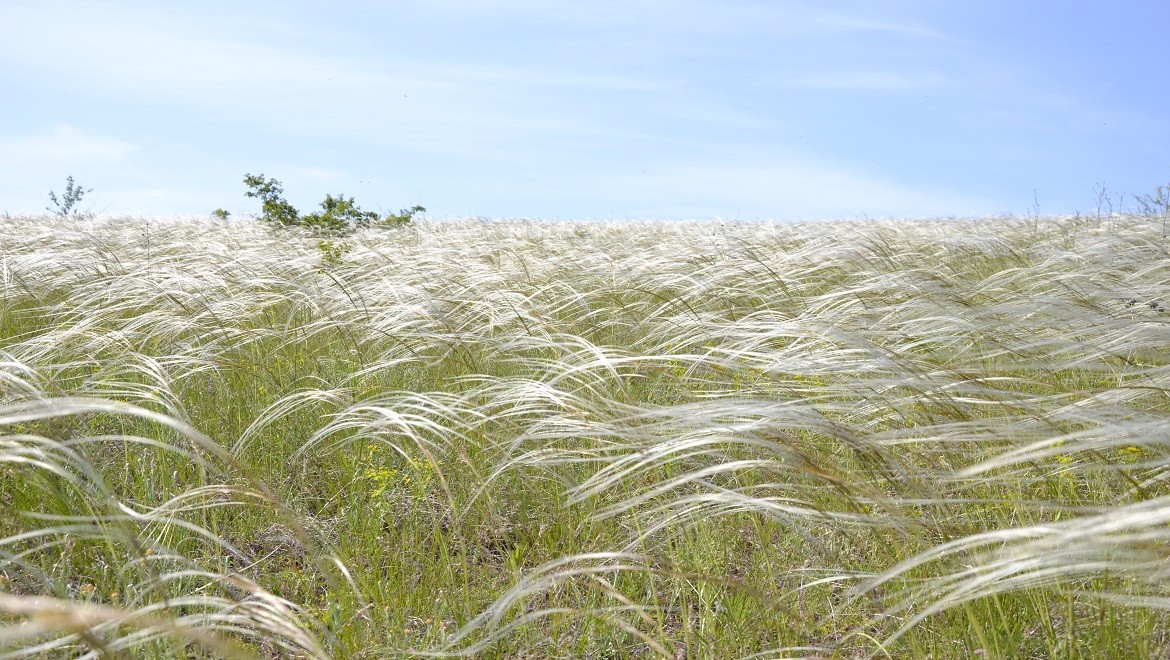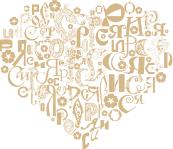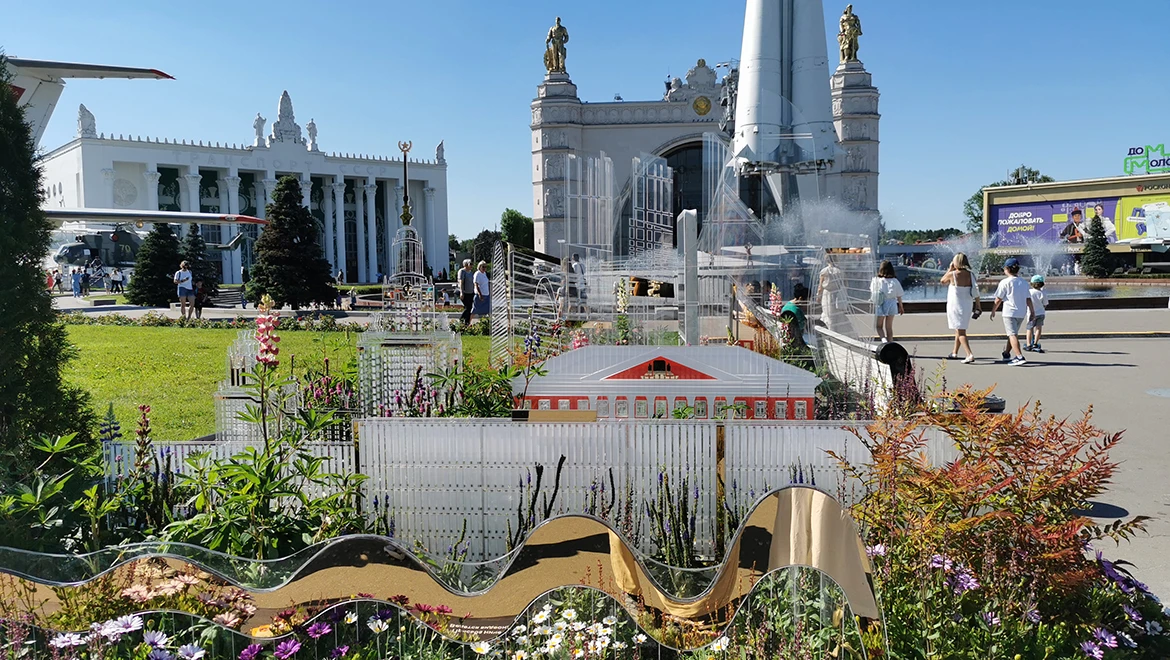Feather grass. Volgograd region
Most of the
Volgograd region is occupied by steppes. The steppe is the kingdom of feather
grass, also called needle grass. There are more than 10 species of these
grasses in the region, of which the most widespread is the narrow-leaved
feather grass (hairy kovyl in Russian). Six more species, being rare and
endangered, are included in the Red Data Book of the Volgograd region.
Narrow-leaved
feather grass (Stipa capillata) is a typical grass of steppes,
drought-resistant and light-loving. Its perennial turf grows in width along the
edges from numerous shoots, and gradually dies off in the middle, forming a
peculiar hollow where rainwater accumulates better. This is very important for
the arid southern steppe: here every drop is precious. In order to evaporate
less moisture, the leaves curl into a tube. When flowering, from spring to
mid-June, long white pinnate awns 12-18 cm long appear on the feather grass.
They give the feather grass steppe the appearance of a swaying “gray hair” like
the sea. In the fall, the seeds of the stipa grass fly on these “feathers” all
over the steppe and stick into the ground, screwing deeper and deeper into the
soil.
In fairy
tales, bylinas and old songs, the feather grass was called silk grass: so soft
and delicate were its brooms with white silky hairs. In the Cossack beliefs
steppe feather grass is considered to be a protective grass. Since those times,
when foreign nomadic horsemen rushed to our land, a folk belief has been
preserved: he who plucks a feather grass and brings it into the dwelling will
soon suffer misfortune. The thing is that nomadic raids often fell on the
period of flowering of the feather grass. Thus, the beginning of blossoming of
the Stipa capillata plant warned of impending misfortune. At the same time, the
plant helped to fight the enemies. When grazing on the pastures of grasses,
enemy horses got “feather grass sickness”. The sharp awns of the feather grass
would dig into the horses' fur and tongues, causing painful wounds and
inflammation.
Today the
staff of the SBI “Volgograd Regional Botanical Garden” is engaged in
introduction testing and cultivation of natural species of stipa grasses in
culture conditions. Different species of feather grass successfully grow on the
introduction site. In addition, the feather grass is also mass propagated for
the reserve fund of plants of natural flora of the Volgograd Regional Botanical
Garden.
Along with the RUSSIA EXPO, the flower festival is also coming to an end.
The "Future in Flowers" festival continues at the RUSSIA EXPO, where unique flowerbeds from all regions of our country can be seen at the "Space" pavilion until July 8.
The RUSSIA EXPO concludes on July 8, and with it, the flower festival will also come to an end.





